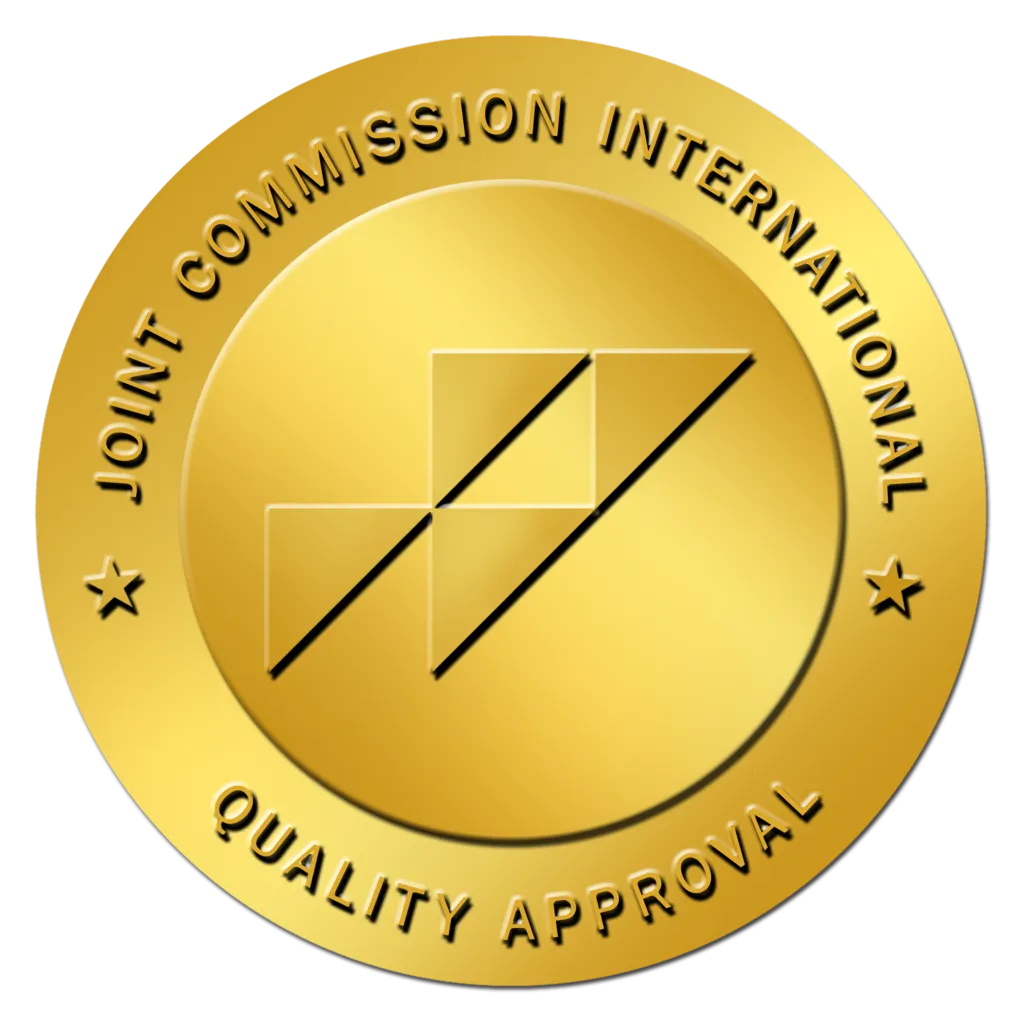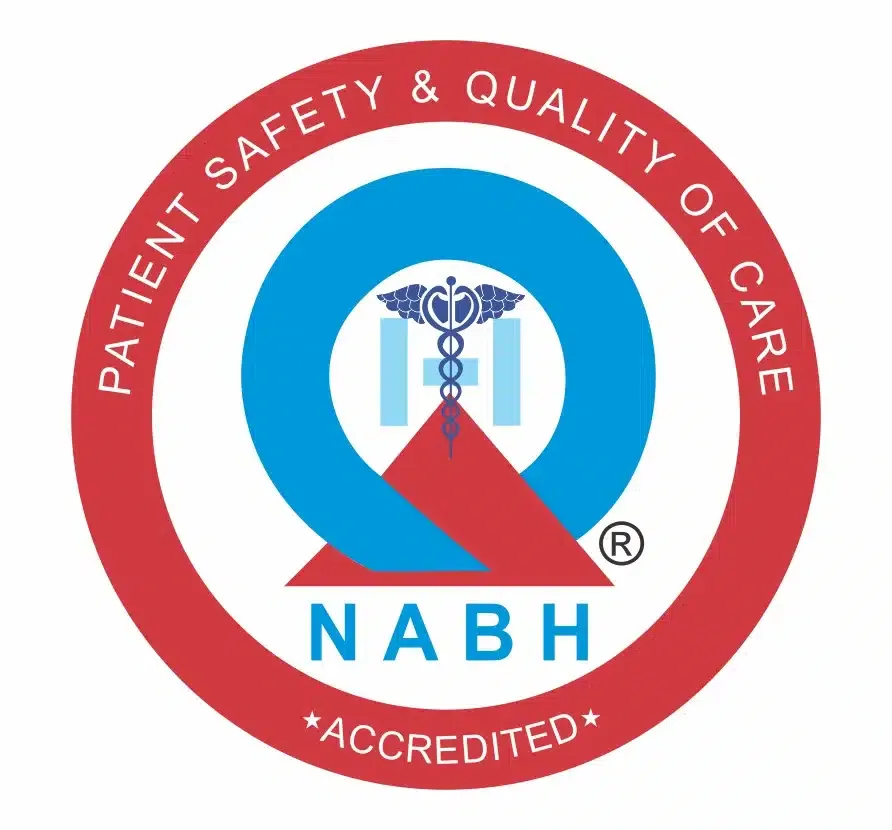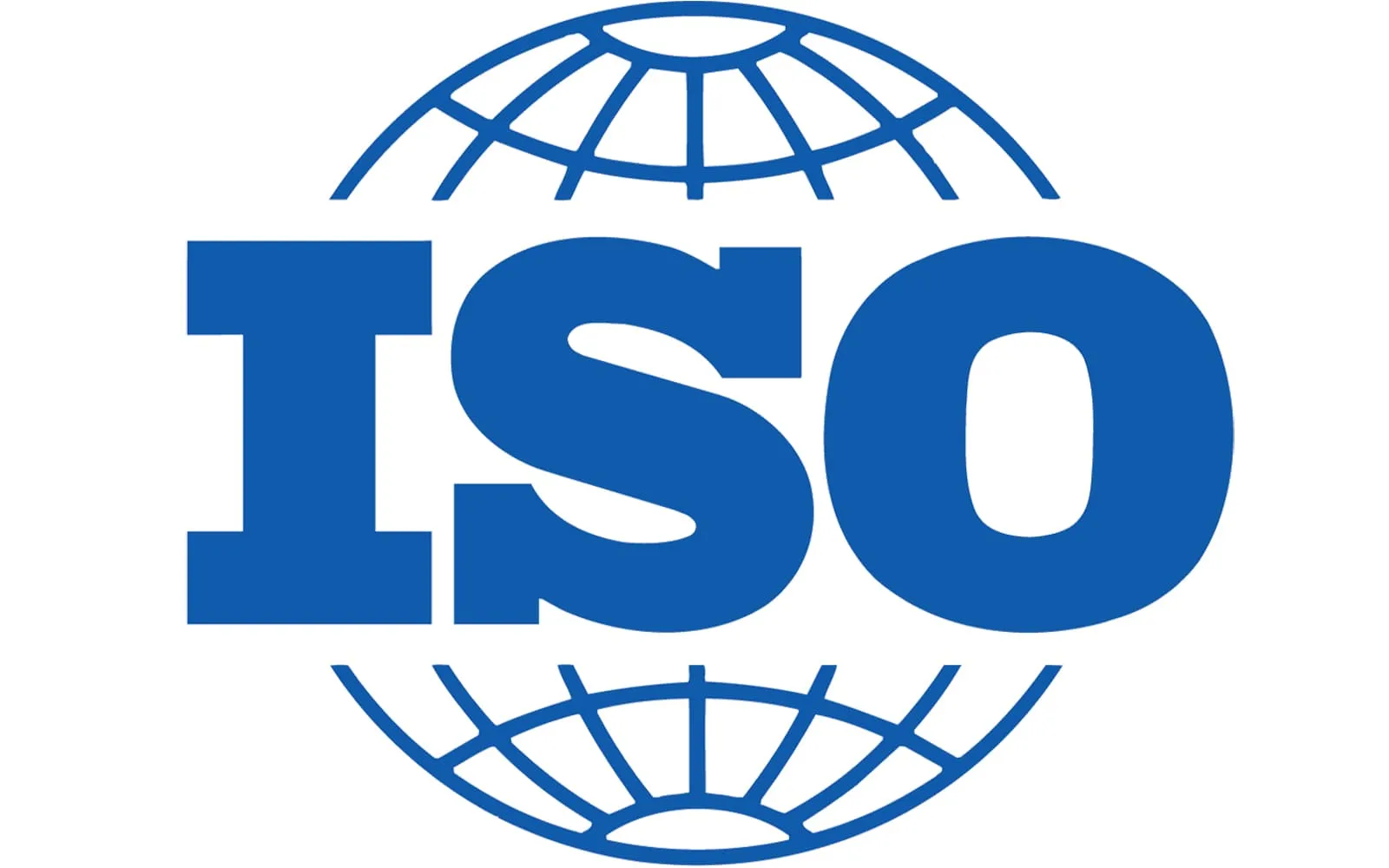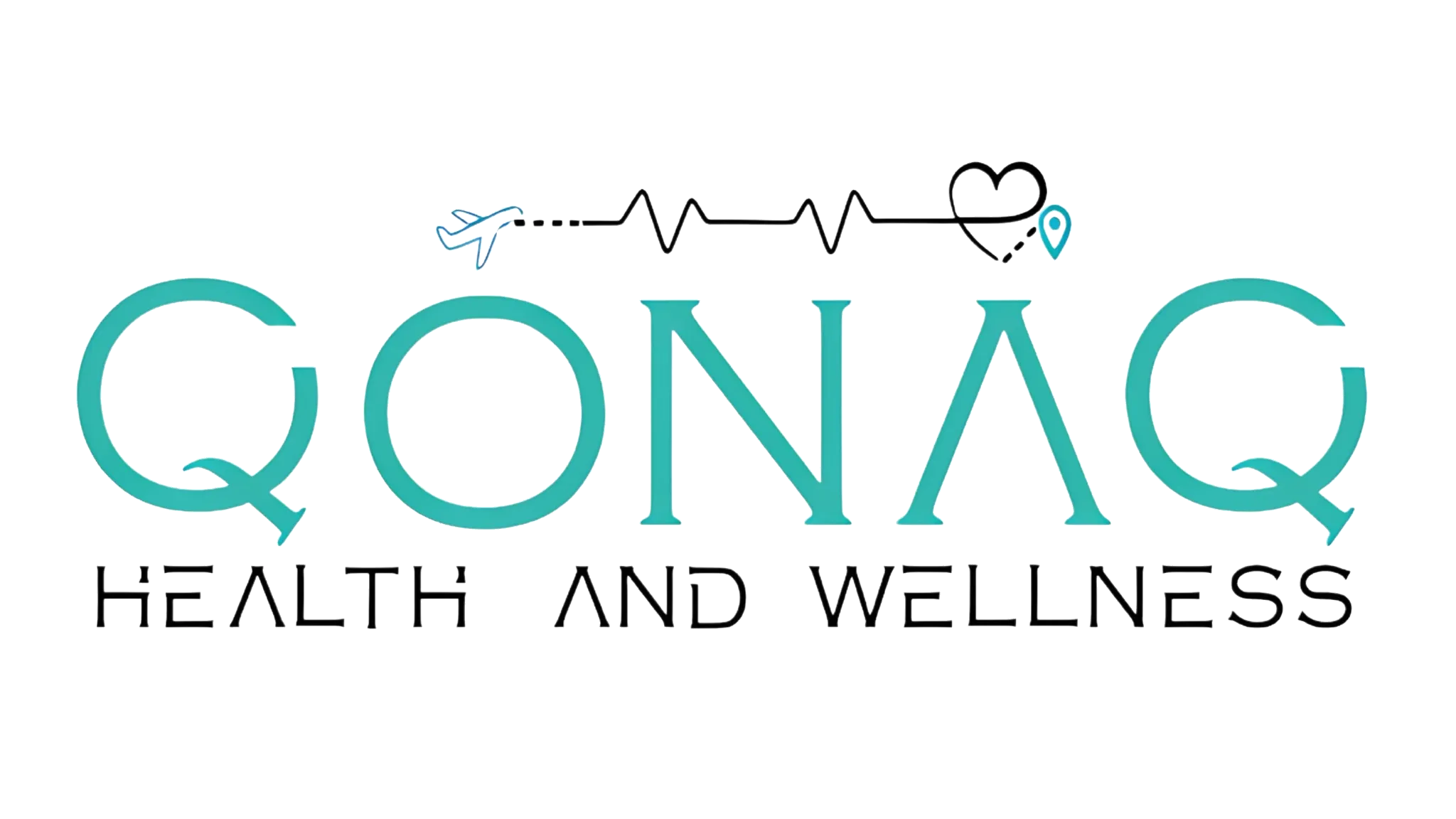
Ventricular Septal Defect - VSD Surgery Cost in India
About Ventricular Septal Defect - VSD Surgery
What Is a Ventricular Septal Defect (VSD)?
A ventricular septal defect, or VSD, is a hole in the septum separating the two lower chambers of the heart — the left and right ventricles. The defect causes oxygen-rich blood from the left ventricle to mix with oxygen-deprived blood in the right ventricle. As a result, the heart must work harder to pump enough oxygen to the body.
Doctors classify VSD as one of the most common congenital heart defects diagnosed in infants and children. In many mild cases, the defect closes on its own within the first few years of life. However, larger defects do not resolve naturally and can lead to complications like high BP in the lungs (pulmonary hypertension), heart failure, or delayed growth in children.
It's important to differentiate between small and large VSDs. Minor defects may go unnoticed due to the absence of symptoms and often do not require surgery. On the other hand, large VSDs usually cause severe symptoms early in life and require surgical intervention to prevent long-term heart damage.
What are the Different Types of Ventricular Septal Defect (VSD)?
Doctors classify VSDs based on their location within the ventricular septum. Each type can affect the heart's function differently and can influence the choice of surgical technique and cost of treatment. Understanding the type of VSD helps cardiologists plan the most effective and safe approach for closure.
- Perimembranous VSD: It is the most common type of VSD, located near the heart valves in the upper portion of the septum. Surgeons often prefer open-heart surgery to repair these defects due to their proximity to critical heart structures. Perimembranous VSDs are more likely to require surgical correction, especially when they lead to valve damage or heart failure symptoms.
- Muscular VSD: Muscular VSDs appear in the lower part of the septum and can vary in size and number. In some children, multiple muscular VSDs may be present — a condition referred to as "Swiss cheese" septum. These can sometimes close naturally over time, but larger or multiple defects may need intervention. Device closure is often an option, making treatment less invasive.
- Inlet VSD: Inlet VSDs are found near the tricuspid and mitral valves. These defects are less common and often occur as part of more complex congenital heart anomalies, such as atrioventricular septal defects (AVSD). Repairing inlet VSDs usually requires open-heart surgery and may increase the overall complexity and cost of treatment.
- Outlet VSD (Supracristal VSD): Located near the outflow tracts of the heart, outlet VSDs are relatively rare but may lead to valve prolapse if left untreated. These defects are often found in Asian populations and are typically treated with surgical closure. Due to their location, these surgeries may require additional care and a longer recovery period.
Each VSD type presents unique challenges. Perimembranous and outlet VSDs may involve more complex surgery, while muscular VSDs often allow for device-based closures. The kind of VSD not only affects the child's symptoms and prognosis but also directly influences surgical planning and treatment costs.
What are the Symptoms That Indicate a Need for VSD Surgery?
Not all ventricular septal defects (VSDs) require surgery, especially if the defect is minor and causes no trouble. However, when symptoms persist and become clear, doctors may recommend surgical closure. Below are the key warning signs that point to a need for surgery:
- Breathing Difficulties During Feeding: Babies with large VSDs often experience difficulty breathing, particularly while eating. You may notice fast breathing, grunting, or frequent pauses during feeding. These signs mean the heart is working too hard and cannot pump blood efficiently.
- Poor Weight Gain and Growth: Children with VSD may not gain sufficient weight or experience normal growth. Their bodies burn more calories to support increased heart activity, leaving less energy for healthy development. This condition is called "failure to thrive" and often requires timely surgical intervention.
- Frequent Chest Infections: Recurring respiratory infections, such as pneumonia or bronchitis, are common in children with uncorrected VSD. Extra blood flowing to the lungs creates pressure, making it easier for infections to develop. Surgery can significantly reduce this risk.
- Cyanosis (Bluish Skin or Lips): In some cases, oxygen-poor blood may mix with oxygen-rich blood, leading to a bluish tint on the lips, fingers, or skin. The condition is known as cyanosis and indicates reduced oxygen supply to the body, an urgent sign that surgery might be needed.
- Signs of Heart Failure: A large VSD puts extra strain on the heart. Over time, this can cause symptoms of cardiac failure, such as swelling in the legs, tiredness, irritability, or rapid heartbeat. These symptoms typically do not improve without surgical correction.
VSD Surgery Procedure: How Is It Performed?
Ventricular septal defect surgery is done to close the hole between the lower chambers of the heart. Doctors may use open-heart surgery or a less invasive method, depending on the size and location of the defect. Here's how both approaches work:
Open-Heart Surgery for VSD Closure
In most cases, surgeons perform open-heart surgery to fix large or complicated VSDs.
- Step 1: Anesthesia and Preparation: The patient is put under general anesthesia. A breathing tube is placed, and the surgical team prepares the chest area.
- Step 2: Use of a Heart-Lung Machine: Doctors temporarily stop the heart and connect the patient to a heart-lung bypass machine. This machine keeps blood and oxygen flowing through the body during the surgery.
- Step 3: Opening the Chest and Heart: The surgeon makes an incision down the center of the chest to access the heart. They open the heart to find the septal defect.
- Step 4: Closing the Defect: The surgeon uses a synthetic patch or stitches to close the hole. The patch becomes part of the heart tissue over time.
- Step 5: Restarting the Heart: Once the defect is closed, the surgeon removes the patient from the bypass machine and restarts the heart. The chest is closed, and the patient is moved to the ICU for monitoring.
Device Closure (Catheter-Based Approach)
For smaller VSDs, especially those of a muscular type, doctors may use a minimally invasive method called catheter-based closure.
- Step 1: Inserting the Catheter: A Cardiologist inserts a thin tube (catheter) into a vein in the groin and guides it to the heart.
- Step 2: Placing the Closure Device: Using imaging guidance, the doctor places a special closure device into the hole. It expands and seals the defect from both sides.
- Step 3: No Open Surgery Required: It does not involve cutting open the chest or using a heart-lung machine. Most patients go home within 1–2 days.
Surgery Duration
- Open-heart surgery usually takes 3 to 5 hours.
- Device closure typically takes 1 to 2 hours.
Send Query
About Ventricular Septal Defect - VSD Surgery in India
What is the Cost of Ventricular Septal Defect (VSD) Surgery in India?
The cost of ventricular septal defect (VSD) surgery in India is more affordable than in many other countries. On average, VSD surgery in India costs between ₹2.5 lakh and ₹5.5 lakh, which is roughly $3,000 to $6,500. The exact cost depends on the type of surgery, the hospital, and the patient's condition.
What Does This Cost Usually Include?
Most hospitals in India offer all-inclusive VSD surgery packages. These typically cover:
- Doctor's consultation and surgical fee
- Pre-operative diagnostic tests like echocardiogram, ECG, and blood work
- Operation theatre charges and anesthesia costs
- Heart-lung bypass machine usage (if open surgery is performed)
- ICU and hospital room charges for the duration of the stay
- Medicines and consumables used during and after surgery
- Nursing care and physiotherapy sessions
- Post-surgery follow-ups, usually for 1–2 weeks
Cost Breakdown by Type of VSD Surgery in India
The total cost of VSD surgery in India depends mainly on the type of procedure performed. There are two main options: open-heart surgical closure and device (catheter-based) closure. Here's how the cost typically breaks down:
Surgical Closure Cost
If the defect is large or complex, doctors usually recommend open-heart surgery. It involves making an incision in the chest and using a heart-lung bypass machine.
- Average cost: ₹3.5 lakh – ₹5.5 lakh ($4,200 – $6,500)
- Includes:
- Operation theatre charges
- Cardiopulmonary bypass machine use
- Surgical team fees
- ICU stay for 2–3 days
- Medications and surgical materials
- 5–7 days of hospital stay
Device Closure (Catheter-Based) Cost
For smaller or moderate-sized defects, doctors may use a minimally invasive catheter procedure. A device is inserted through a blood vessel to close the hole, avoiding open surgery.
- Average cost: ₹2.5 lakh – ₹4 lakh ($3,000 – $4,800)
- Includes:
- Procedure and catheter lab usage
- Device implant cost
- Shorter ICU stay (1 day or less)
- Hospital stay of around 2–3 days
- Post-op care and medications
Diagnostic Tests and Imaging
Before surgery, a complete heart evaluation is necessary:
- Echocardiogram: ₹2,000 – ₹4,000
- Cardiac MRI or CT Scan (if needed): ₹5,000 – ₹10,000
- Blood tests and routine screenings: ₹1,000 – ₹2,500
Additional Costs to Consider
- Anesthesia and monitoring: ₹15,000 – ₹30,000
- Surgeon and anesthesiologist fees: ₹40,000 – ₹80,000
- Postoperative medicines and antibiotics: ₹10,000 – ₹20,000
- Follow-up visits and echo scans after discharge: ₹2,000 – ₹5,000 per visit
VSD Surgery Cost Comparison: India vs Other Countries
When it comes to heart surgery, India offers one of the most cost-effective solutions globally, particularly for international patients seeking affordable, high-quality care. Here's how the cost of VSD (Ventricular Septal Defect) surgery compares across countries:
Country | Average VSD Surgery Cost |
| India | $3,000 – $6,500 |
| USA | $30,000 – $50,000 |
| UK | $25,000 – $40,000 |
| Singapore | $20,000 – $35,000 |
| Thailand | $8,000 – $12,000 |
Why Is VSD Surgery More Affordable in India?
Many international patients wonder why VSD surgery in India costs so much less compared to Western countries. The answer lies in several factors that make India both cost-effective and reliable for heart treatments.
- Lower Operational and Labor Costs: Hospitals in India operate with significantly lower operational and labor costs. From medical staff salaries to infrastructure maintenance, these savings reduce the final bill for patients, without affecting treatment quality.
- Competitive Pricing by Top Private Hospitals: India's private hospitals offer world-class cardiac care at prices designed to attract international patients. Many hospitals follow value-based pricing models and offer packages that cover surgery, ICU stay, consultations, and medicines.
- High Surgery Volume Means Greater Efficiency: Indian hospitals perform a substantial number of VSD surgeries annually, particularly in pediatric patients. This high volume builds surgeon expertise and operational efficiency, which lowers costs while boosting success rates.
- Affordable Yet Advanced Medical Technology: Indian heart centers use the latest surgical and diagnostic equipment, often imported from the US or Europe. Despite using the same or similar technology, the cost of care remains far lower due to streamlined practices.
- Transparent and Inclusive Billing: Many Indian hospitals offer all-inclusive packages for international patients. These packages eliminate billing surprises and enable families to plan their medical trip with confidence.
What are the Factors That Affect VSD Surgery Cost in India?
The cost of VSD surgery in India is influenced by several patient- and procedure-specific factors.
- Age of the Patient: Surgery for infants and small children often requires specialized pediatric cardiac teams, delicate equipment, and extended ICU monitoring. It can result in a slight increase in cost compared to surgery in older children or adults.
- Type and Complexity of the Defect: A small or simple VSD usually needs a straightforward closure. However, large or multiple holes or VSDs located near valves may require a more complex surgical approach. It adds to both the surgical duration and cost.
- Method of Closure: Open-heart surgery with a patch closure is generally less expensive than catheter-based device closure, which involves imported devices and specialized interventional cardiology skills.
- Hospital and City Chosen: Hospitals in metropolitan areas, such as Delhi, Mumbai, or Bangalore, may charge slightly more due to their advanced infrastructure and facilities.
- Surgeon's Experience and Team Involvement: More experienced teams may charge higher professional fees, but this often leads to superior outcomes and shorter recovery times.
- Duration of ICU and Hospital Stay: Patients who recover quickly may be able to leave the ICU and hospital sooner, resulting in reduced total expenses. On the other hand, complications or slow recovery can increase the length of stay, adding to the final bill.
- Additional Diagnostics and Follow-Up Care: Pre-surgical tests such as Echocardiograms, Cardiac MRI, or Angiography, and post-surgery follow-up visits are also included in some packages, while others may charge separately.
Recovery and Success Rate After VSD Surgery in India
Recovering from ventricular septal defect surgery is a critical part of the healing journey. In India, thanks to skilled cardiac surgeons, advanced ICUs, and well-coordinated care teams, most patients bounce back well after surgery.
What Is the Recovery Timeline After VSD Surgery?
Recovery after VSD surgery typically happens in stages. Here's how it usually goes:
Immediately After Surgery
- Right after the operation, the patient is moved to the Cardiac Intensive Care Unit (CICU).
- Monitoring of vital signs, heart rhythm, oxygen levels, and fluid balance is constant.
- Most patients stay in the ICU for 1 to 3 days, depending on their age and condition.
- Breathing support (ventilator) is often needed for a short period, especially in infants.
Hospital Stay
- After ICU discharge, patients spend another 4 to 5 days in the general cardiac ward.
- Pain management, wound care, gradual feeding, and gentle mobilization begin.
- By the 7th or 8th day, most patients are stable enough to be discharged from the hospital.
At Home Recovery
- At home, recovery is mostly smooth. Parents are advised to monitor the wound, give medications on time, and ensure the child avoids physical strain.
- Follow-up visits are typically scheduled at 1–2 weeks and again at the 1-month mark.
- Full recovery from VSD surgery generally takes 4 to 6 weeks, though some children may take longer to regain complete strength.
What Helps Speed Up Recovery?
Indian hospitals play a vital role in ensuring smooth recovery. Here's how:
- Minimally invasive options (like device closure) reduce pain and allow faster healing.
- Pediatric nutritionists help create dietary plans that support tissue repair and immune function.
- Post-surgical physiotherapy helps older children regain stamina safely.
- Family education sessions teach parents how to monitor for signs of infection or fluid buildup at home.
Hospitals also provide 24/7 phone support during the first few weeks after discharge, especially for international patients who may be staying in nearby recovery residences.
What Is the Success Rate of VSD Surgery in India?
The success rate of VSD surgery in India is extremely high, especially in top cardiac centers.
- For uncomplicated cases, the success rate is above 98%.
- In complex cases or for very young infants, success rates remain high, exceeding 90%, depending on the presence of additional risk factors.
- Device-based closures often yield near-perfect results when performed by experienced hands.
What Makes Indian Hospitals So Successful with VSD Surgeries?
Several reasons explain the high success rates:
- Highly trained pediatric cardiac surgeons with years of experience.
- Use of modern techniques and imported closure devices.
- Dedicated pediatric cardiac ICUs with advanced equipment and neonatal care.
- Strict infection control protocols are especially crucial for babies and infants.
- Access to affordable, high-quality postoperative care helps prevent complications and improve outcomes.
Support Services for International Patients Seeking VSD Surgery in India
Traveling abroad for a heart surgery like VSD correction can feel overwhelming. That's why top hospitals in India offer dedicated international patient support to make the journey smooth, safe, and stress-free. From the moment you fill the initial consultation form until you have fully recovered, Indian medical teams stand by your side with complete assistance.
- Pre-Arrival Consultation: Indian hospitals offer free online consultations to review medical reports and provide personalized treatment plans before your travel.
- Visa Assistance: Hospitals provide visa invitation letters and guide you through the medical visa process to make travel smooth and hassle-free.
- Airport Pickup and Transfers: Dedicated teams arrange airport pickups and hospital transfers, so you don't have to worry about local transportation.
- Language Interpretation: Trained interpreters are available for major international languages, ensuring you understand every medical detail clearly.
- Accommodation Help: Support staff assists in booking nearby guesthouses or hotels that match your budget and comfort preferences.
- Personalized Patient Coordinators: You'll be assigned a coordinator who manages everything, so you always have someone to rely on.
- Meals & Dietary Needs: International patients can request customized meals that cater to their specific dietary or religious requirements during their hospital stay.
- Follow-Up & Aftercare: Even after discharge, hospitals provide virtual follow-ups via video calls to ensure a smooth recovery back home.
Ventricular Septal Defect - VSD Surgery Cost Comparison by Country
Compare Ventricular Septal Defect - VSD Surgery costs across different countries to make an informed decision about your medical treatment.
| Country | Cost Range (USD) | Potential Savings | Action |
|---|---|---|---|
INIndiaCurrentBest Value | $3,000 - $6,500 | — | Get Quote |
Note: Costs may vary based on hospital choice, room type, additional services, and individual medical requirements. Contact us for a personalized quote.
Leading Hospitals for Ventricular Septal Defect - VSD Surgery in India

SP Medifort Hospital
SP Medifort, Thiruvananthapuram, is a JCI-accredited, 475-bed multi-super-specialty hospital spread across 500,000 sq. ft. The hospital houses 10 modu...
Accreditations


Facilities

CARE Hospitals, Banjara Hills, Hyderabad
CARE Hospitals, Banjara Hills, Hyderabad, is a 435-bed NABH and NABL-accredited multispecialty hospital with 120 critical care beds. Established in 20...
Accreditations

Facilities

AIG Hospitals, Gachibowli, Hyderabad
AIG Hospitals, Gachibowli, Hyderabad, is a 1,000-bed, JCI- and NABH-accredited super-specialty hospital spanning 1.7 million sq. ft. It is the flagshi...
Accreditations


Facilities

Gleneagles Global Health City, Chennai
Gleneagles Global Health City, Chennai, is a 200-bed quaternary-care hospital and part of the IHH Healthcare network, one of the world’s largest priva...
Accreditations

Facilities

MGM Healthcare, Chennai
MGM Healthcare, Chennai, is a 400-bed quaternary-care super-specialty hospital accredited by JCI, NABH, and NABL. The hospital features 100 ICU beds,...
Accreditations


Facilities

MIOT International, Chennai
MIOT International, Chennai, is a 1,000-bed NABH- and NABL-accredited multispecialty hospital serving patients from more than 130 countries. Establish...
Accreditations

Facilities

Apollo Hospitals, Greams Road, Chennai
Apollo Hospitals, Greams Road, Chennai, is the flagship hospital of the Apollo Group. Established in 1983, it has 560 beds, 46 ICUs, and 15 operating...
Accreditations



Facilities

HCG Cancer Centre, Mumbai
HCG Cancer Centre, Borivali, Mumbai, is an NABH- and AACI-accredited comprehensive cancer hospital established in 2019. The 119-bedded facility includ...
Accreditations


Facilities

Apollo Hospitals, Navi Mumbai
Apollo Hospitals, Navi Mumbai, established in 2016, is a 500-bed JCI- and NABH-accredited quaternary care hospital offering advanced treatment across...
Accreditations


Facilities

Marengo Asia Hospitals, Faridabad
Marengo Asia Hospital, formerly QRG Health City, is a 325-bed NABH and NABL-accredited multispecialty hospital in Faridabad. It offers advanced care i...
Accreditations

Facilities
FAQ
Browse by Department
Explore procedures in different departments
Related Procedures
Other procedures in this department
Get a Free Treatment Plan
Our website uses cookies. By clicking on accept you give your consent to the use of cookies as per our Privacy Policy.
